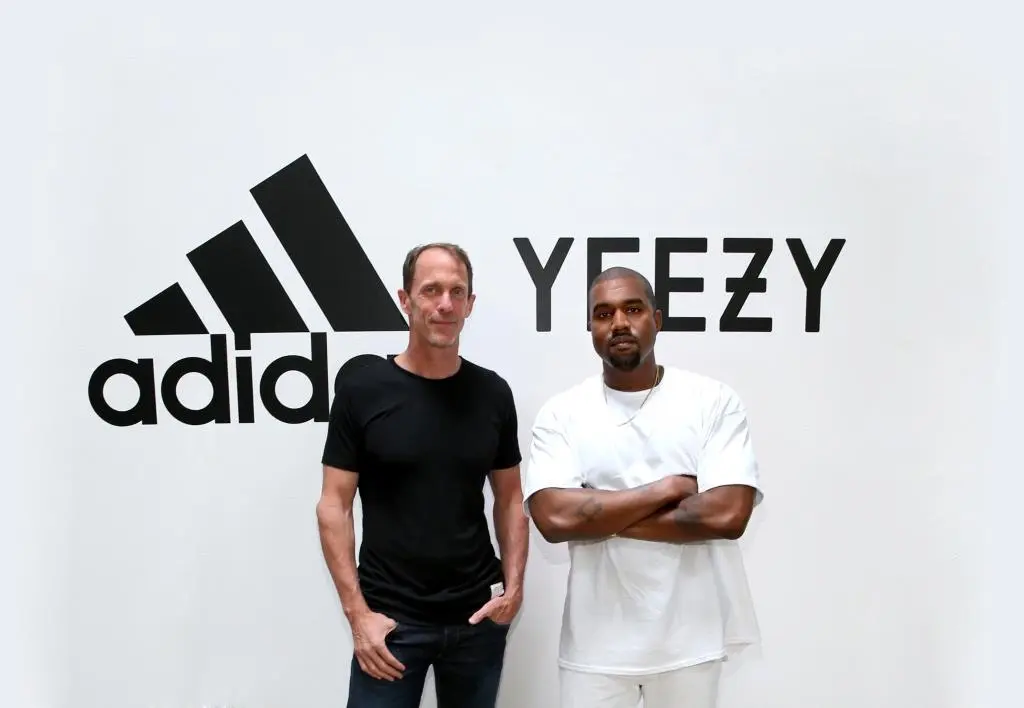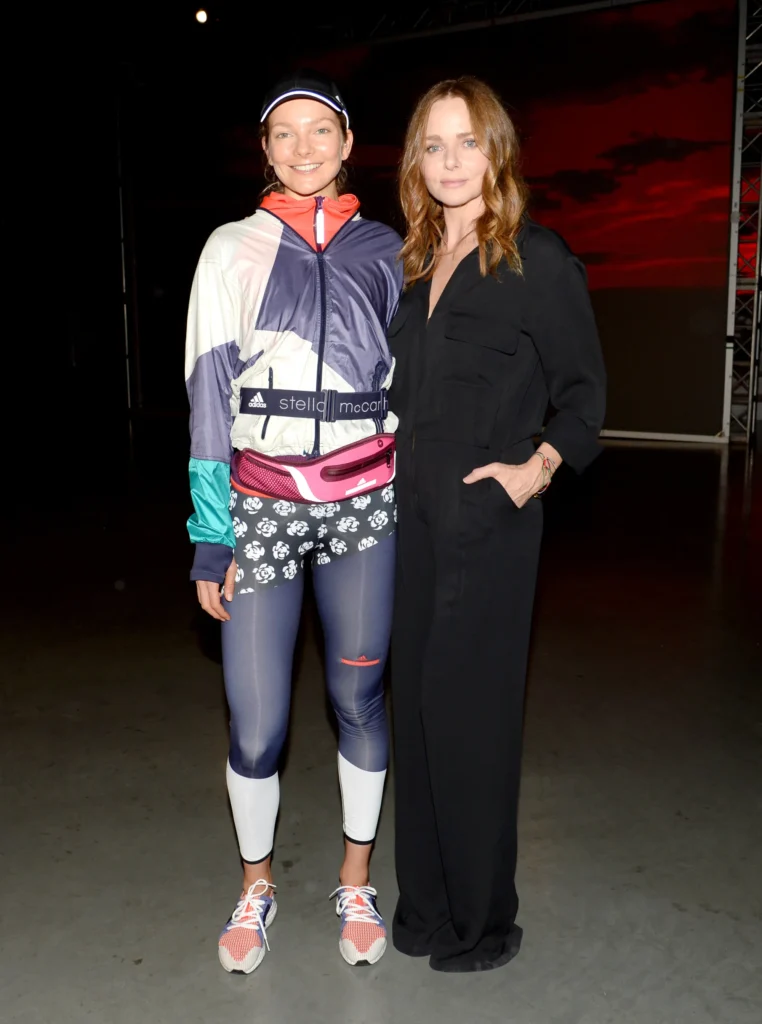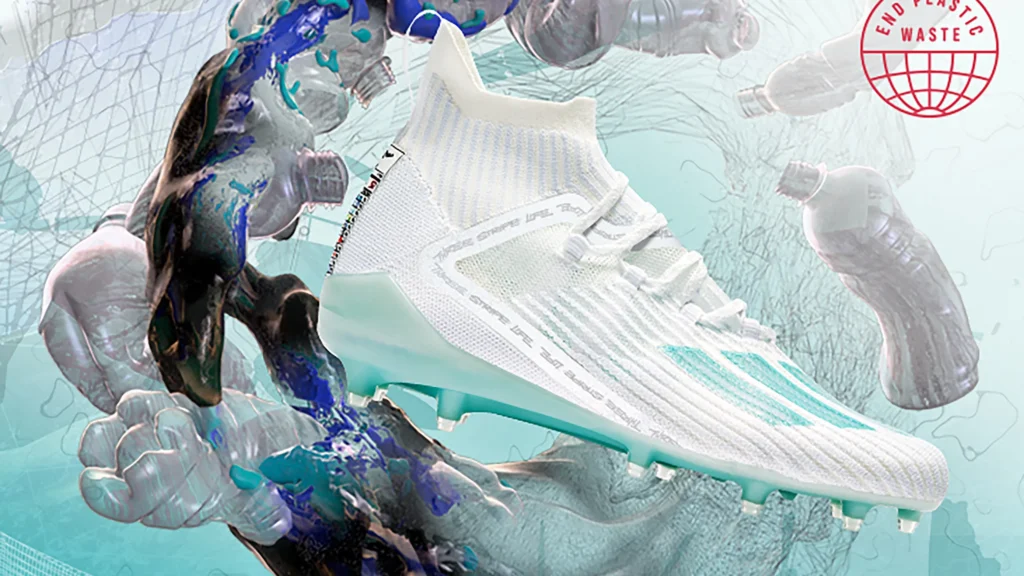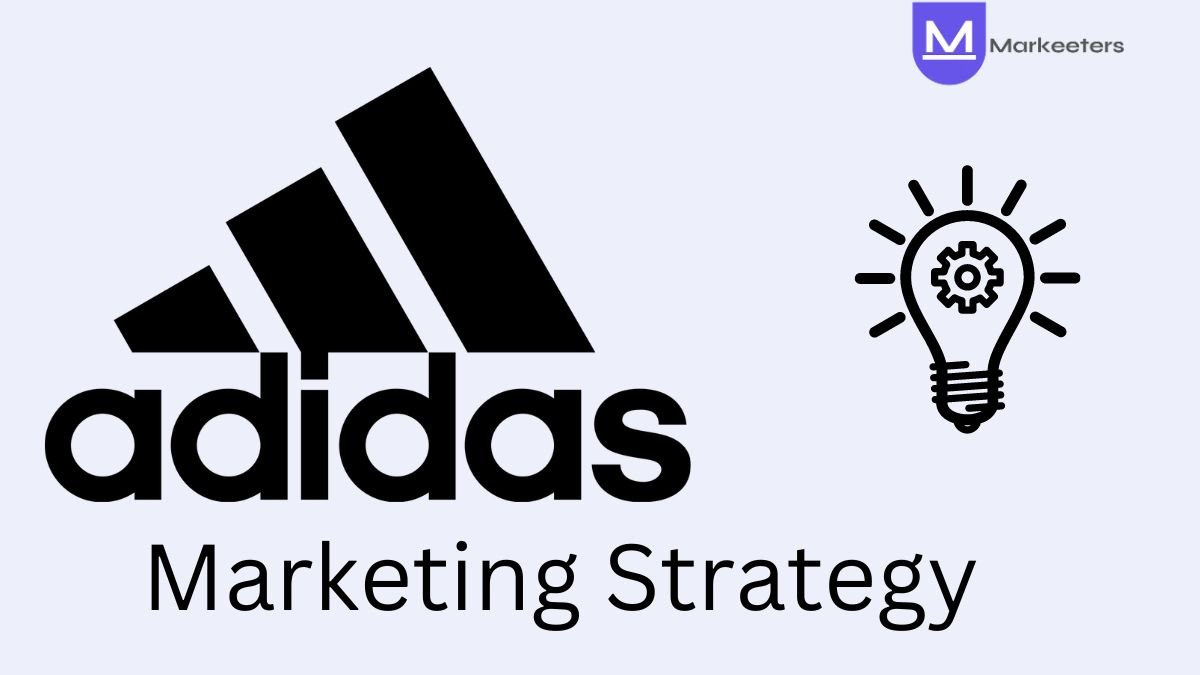Adidas, the German multinational corporation, has been a dominant force in the sportswear industry for decades. Founded in 1949 by Adolf Dassler, the company has grown from a small shoe factory in Herzogenaurach, Germany, to a global powerhouse with a presence in over 160 countries.
Adidas’ success can be attributed to its innovative products, strategic partnerships, and most importantly, its dynamic marketing strategy. In this blog post, we’ll dive deep into Adidas’ marketing strategy, exploring its target market, marketing mix, and unique strategies that have helped the brand maintain its competitive edge.
Key Facts about Adidas
| Category | Information |
| Founded | 1949 |
| Founder | Adolf “Adi” Dassler |
| Headquarters | Herzogenaurach, Germany |
| Type | Public Company |
| Industry | Sportswear, footwear, accessories |
Adidas’ Target Market
Adidas’ target market is diverse and multifaceted, reflecting the brand’s wide range of products and global presence. However, we can identify several key segments that form the core of Adidas’ consumer base:
1. Athletes and Sports Enthusiasts
At its core, Adidas targets individuals who are actively involved in sports and fitness activities. This includes professional athletes, amateur sports enthusiasts, and fitness-conscious individuals across various age groups. Adidas caters to a wide range of sports, including football, running, basketball, tennis, and many others.
2. Fashion-Conscious Consumers
In recent years, Adidas has successfully positioned itself as a lifestyle brand, appealing to fashion-forward consumers who appreciate the blend of sportswear with street style. This segment includes trendy youth and young adults who wear Adidas products as part of their everyday attire.
3. Millennials and Gen Z
Adidas places a strong emphasis on younger demographics, particularly millennials and Generation Z. These age groups are known for their digital savviness, interest in sustainability, and desire for authentic brand experiences.
4. Health and Wellness Enthusiasts
As the global focus on health and wellness continues to grow, Adidas targets individuals who prioritize an active and healthy lifestyle. This includes gym-goers, yoga practitioners, and those who engage in various fitness activities.
5. Eco-Conscious Consumers
With its commitment to sustainability and eco-friendly initiatives, Adidas also appeals to environmentally conscious consumers who value brands that prioritize sustainability in their products and practices.
6. Team Sports Participants
Adidas has a strong presence in team sports, particularly football (soccer). The brand targets both professional teams and amateur clubs, providing them with high-quality sports equipment and apparel.
Marketing Mix of Adidas
Adidas’ marketing mix, also known as the 4Ps of marketing, plays a crucial role in its overall strategy. Let’s explore each element:
1. Product
Adidas offers a wide range of products, including – Footwear, Apparel and Accessories. The company is known for its innovative product lines, such as Primeknit material for lightweight and breathable upper construction and Parley collection, made from recycled ocean plastic.
Adidas continually invests in research and development to improve its products and introduce new technologies that enhance performance and comfort.
2. Price
Adidas employs a premium pricing strategy, positioning itself as a high-quality brand with prices that reflect the value of its products. The pricing strategy varies across different product lines.
Like performance products (e.g., running shoes, football boots) are priced at a premium to reflect their advanced technologies and materials, lifestyle products (e.g., Originals line) are priced competitively within the fashion-oriented sportswear market, and collaborations and limited-edition releases often come with higher price points to create exclusivity and desirability.
Adidas also offers products at different price points to cater to various consumer segments, ensuring accessibility while maintaining its premium brand image.
3. Place
Adidas utilizes a multi-channel distribution strategy to ensure wide product availability:
- Retail stores: Adidas operates its own retail stores in key markets, providing a controlled brand experience.
- E-commerce: The brand has a strong online presence through its website and mobile app, offering direct-to-consumer sales.
- Third-party retailers: Adidas products are available in sporting goods stores, department stores, and specialty retailers worldwide.
- Wholesale partnerships: The company collaborates with major retailers to ensure broad distribution.
- Factory outlets: Adidas operates outlet stores to manage inventory and cater to price-sensitive consumers.
This diverse distribution network allows Adidas to reach consumers through their preferred shopping channels while maintaining brand consistency.
4. Promotion
Adidas employs a comprehensive promotional strategy that combines traditional and digital marketing techniques:
- Advertising: TV commercials, print ads, and outdoor advertising campaigns featuring high-profile athletes and celebrities.
- Digital marketing: Strong presence on social media platforms, influencer partnerships, and targeted online advertising.
- Sponsorships: Partnerships with major sports teams, events, and individual athletes to enhance brand visibility.
- Public relations: Press releases, media events, and brand storytelling initiatives to maintain a positive brand image.
- Content marketing: Creation of engaging content across various platforms to connect with consumers and showcase product benefits.
Adidas’ promotional efforts are designed to create emotional connections with consumers while highlighting the brand’s innovation and performance credentials.
Adidas’ Unique Marketing Strategies
Adidas has implemented several innovative marketing strategies that set it apart from competitors.
1. Collaborations and Limited Editions
Adidas has mastered the art of collaboration, partnering with designers, artists, and celebrities to create limited-edition products that generate buzz and desirability. Notable collaborations include:
Yeezy line with Kanye West

Adidas by Stella McCartney

These partnerships not only create unique products but also help Adidas tap into new market segments and stay culturally relevant.
2. Sustainability-Focused Campaigns
Sustainability is a core part of Adidas’s marketing strategy and brand identity. The company has launched several initiatives that showcase its commitment to environmental responsibility. The campaigns include:
Parley Ocean Plastic (2018 and ongoing)

Adidas partnered with Parley for the Oceans to create shoes made from recycled ocean plastic. This campaign raised awareness about marine pollution while offering consumers eco-friendly footwear options.
End Plastic Waste (2020 and ongoing)

Adidas committed to using only recycled polyester in all products by 2024. They also pledged to reduce their carbon footprint by 30% by 2030.
By aligning with eco-conscious values, Adidas appeals to environmentally aware consumers and positions itself as a responsible brand.
3. Digital-First Approach
Adidas has embraced digital technology in its marketing efforts, creating immersive and interactive experiences for consumers like:
- Adidas app: A personalized shopping experience that offers product recommendations, exclusive content, and early access to new releases.
- AR try-on: Augmented reality features that allow consumers to virtually try on shoes before purchasing.
- Creators Club loyalty program: A digital-first loyalty program that rewards engagement and purchases with exclusive benefits.
- Social media storytelling: Leveraging platforms like Instagram, TikTok, and YouTube to create engaging content and foster community engagement.
This digital-first approach allows Adidas to connect with younger, tech-savvy consumers and provide seamless omnichannel experiences.
4. Athlete and Influencer Partnerships
Adidas has a long history of partnering with top athletes across various sports. However, the brand has expanded its approach to include a diverse range of influencers like traditional sports stars like Lionel Messi, James Harden, and Paul Pogba, Cultural iconsBeyoncé (Ivy Park collaboration) and Social media influencers and content creators
By diversifying its partnerships, Adidas ensures that it reaches different audience segments and stays relevant in an evolving media landscape.
5. Customization and Personalization:
Adidas’ marketing strategy of customization and personalization not only caters to the desire for individualism but also creates a more engaging shopping experience.
Adidas offers customization options for many of its products, allowing consumers to create unique designs. It created Mi Adidas, a platform that enables customers to personalize shoes, apparel, and accessories with their choice of colors, materials, and personal text.
6. Storytelling and Brand Heritage:
Adidas leverages its rich history and brand heritage in its marketing efforts. It launched its original line by Reimagining classic designs for modern consumers while also highlighting the brand’s legacy.
Adidas also uses archive-inspired campaigns to draw inspiration from past advertising and products to create nostalgia-driven marketing initiatives. By connecting its past with the present, Adidas reinforces its authenticity and longstanding commitment to sports and innovation.
Conclusion
Adidas’ marketing strategy is a masterclass in brand building and consumer engagement. By targeting a diverse range of consumers, implementing a well-balanced marketing mix, and employing unique and innovative marketing strategies, Adidas has maintained its position as a leader in the highly competitive sportswear industry.
The brand’s ability to adapt to changing consumer preferences and align itself with important social and environmental causes has allowed it to stay relevant and appealing to new generations of consumers. By combining performance, style, and purpose, Adidas has created a powerful brand identity that resonates with consumers around the world. As the company moves forward, Adidas’ marketing strategy will undoubtedly continue to evolve, always striving to stay one step ahead in the race for sportswear supremacy.
How does Adidas use social media in its marketing strategy?
Adidas leverages social media platforms like Instagram, Twitter, and TikTok to engage with consumers, showcase products, and collaborate with influencers. They create interactive campaigns, share behind-the-scenes content, and use user-generated content to build brand loyalty.
What role do celebrity endorsements play in Adidas’ marketing?
Celebrity endorsements are crucial to Adidas’ strategy. They partner with high-profile athletes, musicians, and entertainers to increase brand visibility and credibility. These partnerships often involve exclusive product lines and global advertising campaigns
How does Adidas incorporate sustainability into its marketing?
Adidas emphasizes sustainability in its marketing by promoting eco-friendly product lines, such as shoes made from recycled ocean plastics. They also highlight their commitments to reducing waste and carbon emissions, appealing to environmentally conscious consumers.



